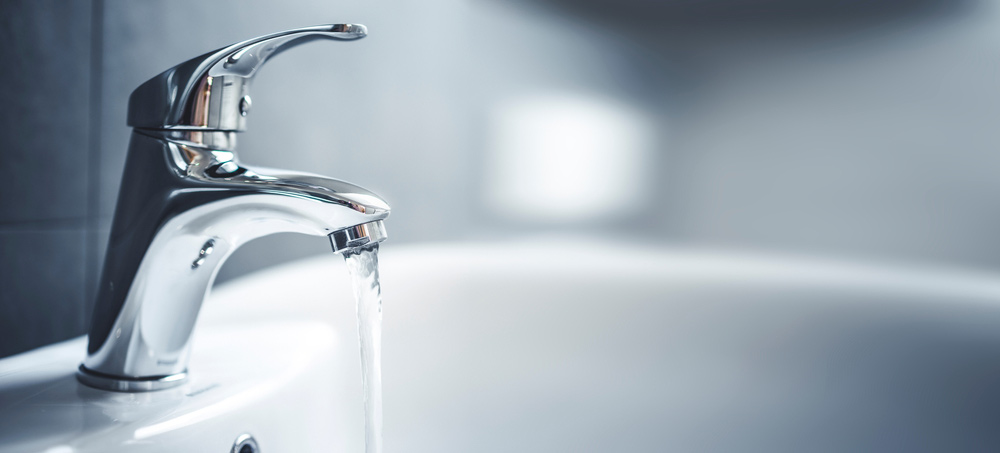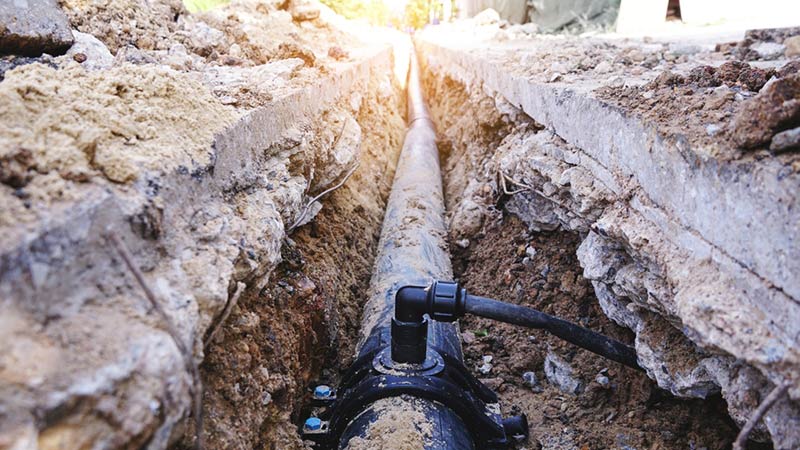
Summary:
A home plumbing inspection identifies visible issues in the plumbing system, but can’t assess hidden problems behind walls or floors. For a more thorough evaluation, consider additional services like sewer scope inspections, which use a camera to inspect sewer lines for clogs or damage.
Main Points:
- Home plumbing inspections focus on visible pipes, fixtures, and water systems.
- Inspectors can’t assess hidden plumbing without causing damage.
- Sewer scope inspections reveal deeper issues in sewer lines.
- Additional services like thermal imaging and lab testing can detect hidden problems.
- Costs vary, with combo inspections offering potential savings.
Plumbing is something many people take for granted. That is, until there’s a burst pipe or overflowing septic tank.
If you’re in the market for a new home, a home plumbing inspection can help you identify issues and fix them before they turn into serious problems.
Wondering what a plumbing inspection for a home purchase includes? Are there other services that can deliver a more complete picture of the state of your plumbing? Keep reading to learn more.
Home Plumbing Inspection Checklist
What should you expect your home inspector to look for in terms of the plumbing system of a home?
The Washington State Legislature shares the specific standards of practice for home inspectors in our state. This is the most complete home plumbing inspection checklist — it details all of the responsibilities of home inspectors related to plumbing.
The general description of these responsibilities helps us understand what inspectors look at from a high level. “An inspection of the plumbing system includes visible water supply lines; visible waste/soil and vent lines; fixtures and faucets; domestic hot water system and fuel source.”
It’s important to note that home inspectors can’t examine every part of a home’s plumbing. Because pipes and other elements are located behind walls and under floors, a truly comprehensive inspection is not possible without causing significant damage to a home. Otherwise, inspectors would need to remove drywall and flooring, which isn’t practical or cost-effective.
Instead, the plumbing portion of a home inspection focuses on visible items and fixtures. Qualified inspectors will take the time to inspect accessible water supply pipes, check the water temperature, test plumbing fixtures, identify the main shutoff valve (or lack of one), and much more.
The standards of practice cover many aspects of plumbing systems, helping homebuyers make a more informed decision. However, they don’t cover every potential issue that may be present.

Getting More Thorough with Plumbing Home Inspections
Sewer lines can be a major source of issues with home plumbing. These pipes carry wastewater outside of the home itself to municipal systems. That wastewater then moves to treatment plants and other facilities.
Sewer lines carry used water, which can also include various sediment and debris. Due to a simple build-up within the lines or in combination with other issues, sewer lines can become clogged. Problems such as tree root growth around and into these lines, incorrect installation, damage when the lines were backfilled, and others can all lead to costly and complex repairs.
Sewer scope inspections can identify these issues and more fully assess the overall state of your plumbing system. While sewer scopes aren’t included in the official standards of practice set by the state, knowledgeable and experienced home inspectors offer this service to better support their clients.
A sewer scope inspection uses a borescope (itself a small camera attached to a long, thin, flexible tube) to inspect sewer lines and pipes. The inspector views the video from the camera as they operate the borescope, noting issues as they occur.
At Titan Inspection Services, we give our clients a video report that shows and describes any issues found and the overall state of the system, all in plain language. Check out a sample sewer scope video report to learn more.
A borescope inspection provides the information needed to tell if a sewer line is clogged, cracked, or broken. It can also identify issues with the grade of the pipes, such as lines installed at the wrong angle (or pitch) to allow for consistent drainage.
You can also ask your home inspector about additional services like thermal imaging, which can identify moisture trapped between walls and many other concerns. Lab testing can reveal the presence of mold and many other issues. While not limited to a home’s plumbing, these added services can help you protect your investment.
Home Plumbing Inspection Cost
The cost of a plumbing home inspection is generally built into the complete inspection. See our full home inspection price list for all prices. Costs normally vary based on the size and type of the home. Just as an example, we charge $650 for an inspection and sewer scope combo for single-family homes between 1,500-2,000 square feet.
Sewer scope inspection costs can vary from one inspection company to the next. Our own services come at a flat cost of $250 for the scope as a standalone service. When you combine a sewer scope and home inspection, the sewer scope cost drops to $200.
Ready to schedule a sewer scope as you purchase a home, or want to make sure the sewer system at your current home is in good shape? Learn more about our expert sewer scope services.